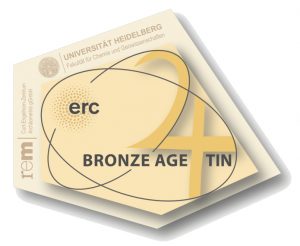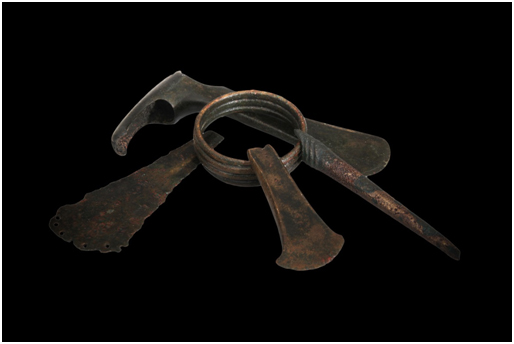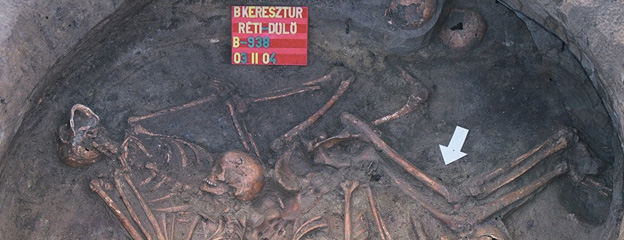International workshop in Mannheim presenting the first Hungarian tin isotope data

The workshop titled ’Bronze Age Tin’ was the closing event of an ERC Advanced Grant Project, which explored the origins of raw material resources and the trade of tin throughout the Eurasian Bronze Age. The scientific meeting took place in Mannheim from 14-17th March, 2018, and was jointly organized by the Museum der Weltkulturen and the Curt-Engelhorn-Zentrum Archäometrie Mannheim.
The five-year project, which was completed this year, aimed at the decipherment of the enigma of the origin of the tin used for alloying bronze objects that appeared within Eurasia for the first time in the East Mediterranean and the Balkans (it is important that there is no substantial tin source material in the region). The project also investigated how the trade system of tin raw material developed later in the Bronze Age (Pernicka 1998; Giumlia-Mair/Lo Schiavo 2003).
24 lectures were presented during the 2-day international conference. Some of them reported the results of recent geological, archeological research and raw material analyses of natural tin deposits in Eurasia. The invited leading scientists demonstrated their latest research on tin mining, raw material trade and Bronze Age networks from the present-day British Isles to Central Asia.

The appearance of tin bronze alloys and the distribution of European tin deposits
(https://horizon-magazine.eu/article/sophisticated-scans-unlock-bronze-age-mystery_en.html)
Bianka Nessel presented new tin isotope analysis results of Early and Middle Bronze Age bronze artefacts from Central and South-Eastern Europe. The study included the bronze objects discovered in a grave from Balatonakali, which were jointly analyzed by the Momentum Mobility Research Group and the Curt-Engelhorn-Zentrum Archäometrie of Mannheim. According to the radiocarbon datings launched by our research group, these are the earliest tin bronzes of the Carpathian Basin! (On the discovery and research history of the Balatonakali ’chieftain’ grave dated to 1950-1900 BC, see the short popular science film about the work of our research group/about our project.) These tin isotope data represent the first Hungarian tin analysis results.

Bronze artefacts from the Balatonakali ’chieftain’ grave (Photo: Péter Hámori)
In addition to the tin isotope study of bronze objects (e.g. Radivojević et al. 2013; Nessel et al. 2015), we heard about a number of recently found Bronze Age tin artefacts as well – these are going to be reported in a following article.
Stay tuned!
References
Giumlia-Mair, A., Lo Schiavo, F.: The Problem of Early Tin. BAR IS 1199, Oxford 2003.
Nessel, B., Brügmann G., Pernicka, E.: Tin isotopes and the sources of tin in the Early Bronze Age Únětice Culture. In: Mata Perelló, E. M. (Ed.): Libro de resúmenes del XV Congreso Internacional sobre Patrimonio Geológico y Minero y de la XIX Sesión Científica de la SEDPGYM, Logrosán (Cáceres), 25–28 de Septiembre del 2014. Logrosán 2015, 11–28.
Radivojević, M., Rehren, Th., Kuzmanović-Cvetković, J., Jovanović, M., Northover, J. P.: Tainted ores and the rise of tin bronzes in Eurasia, c. 6500 years ago. Antiquity 87 (2013) 1030‒1045.
Pernicka, E.: Die Ausbreitung der Zinnbronze im 3. Jahrtausend. In: Hänsel, B. (Ed.), Mensch und Umwelt in der Bronzezeit Europas. Abschlußtagung der Kampagne des Europarates: Die Bronzezeit: das erste goldene Zeitalter Europas an der Freien Universität Berlin, 17‒19. März 1997. Beiträge und Ergebnisse. Kiel 1998, 135‒147.








